Why The Dawn Of Drive By Wire Is Like Judgement Day For All Petrolheads
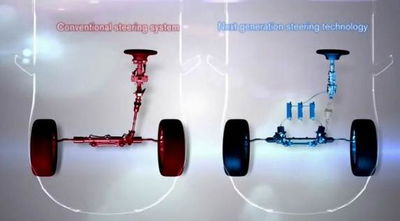
The world of gaming has finally made its way into reality with this new technology known as ‘drive by wire’. With no direct mechanical connection between the controls, cars may no longer rely on linkages and can now be fully controlled through a detached steering wheel and pedals by the help of electric sensors and motors.
Effectively like a home racing game setup, mechanical linkages have been abandoned for the witchcraft of electricity. This saves weight, simplifies the entire car control into an ECU programme and allows for adjustment of control weights and response times with a simple change of coding. Infiniti has pioneered this technology in road cars with the Q50, which didn’t exactly get rave reviews on its launch. So what areas of the car can now be controlled this way?
Steering by wire
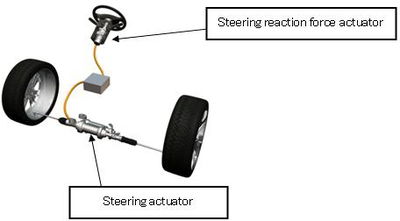
This is probably the scariest one from my perspective. There is no steering column or rack, there’s simply the steering wheel, a set of wiring and then motors that turn each wheel. How the systems work is through a feedback loop which is essentially a safety net of a control system if anything should go wrong.
As you turn the steering wheel, an electrical sensor measures the steering angle and transmits that information down to the ECU which then sends that information off to electric motors which actuate each wheel at a pre-set angle in accordance with the steering input. A feedback sensor will keep note of the output of wheel direction that was produced by the steering input and will send a report back to the ECU telling it whether the electrics were in sync. If the output differed from the input, the feedback sensor will flag up a warning to the ECU and a warning light will alert the driver.
Brake by wire
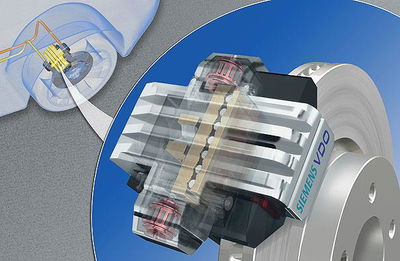
Braking is another area that may seem nerve-wracking to have no real mechanical linkage through a master cylinder and brake lines, but engineers have come up with a solution the same as with steering. An electrical position sensor will send information to the ECU including the angle of the brake pedal while being depressed. This information is then relayed to each brake calliper, which then closes its pads on the brake disc with a force equal to the feedback from the pedal.
Formula One has fully embraced brake by wire technology and it was immediately flagged up as a possible cause for Nico Rosberg’s collision with Lewis Hamilton at the Austrian Grand Prix. Having looked at the footage however, it was safe to say that the electronics weren’t to blame…
Throttle by wire
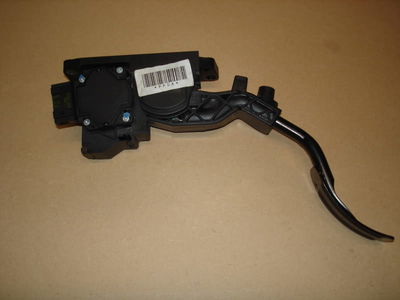
Much the same as with the brake pedal, the throttle has no cable to the throttle body and instead has an electrical sensor measuring the distance the pedal has moved. It then equates that movement to a percentage of opening for the butterfly valve in the throttle body, thus allowing the desired amount of air to be pre-programmed to enter the engine.
Again, to stop unwanted amounts of throttle being applied by accident, a full feedback loop is present using a checking sensor to tell the ECU if there is a problem with the amount of throttle being electrically applied.
Park by wire
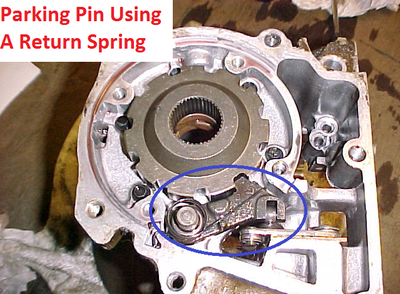
When an automatic car is placed in Park, a pin is slid into position on the output shaft that locks the transmission in place. Rather than using a return spring to actuate the pin into place, an electric motor is used along with a sensor that makes sure the car is fully at rest before the car is placed into Park to avoid stripping the gearbox.
In conclusion
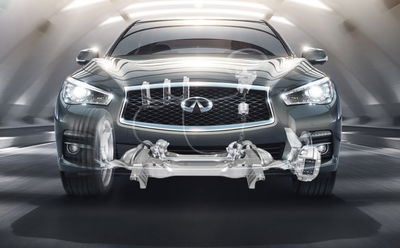
Alarm bells should definitely be ringing for all you petrolheads out there. Manufacturers are trying their utmost to engineer fake ‘feedback’ through the steering and pedals through reaction forces back through your feet and restriction through the steering wheel to keep us lot happy. Companies like Porsche have only just managed to produce feel through an electric steering system but with Infiniti struggling to match that with the Q50 using drive by wire, it looks like the days of finger-tingling feedback may be numbered.
It is inevitable that drive by wire technology will dominate road cars in the next decade, along with automation and a switch to the Tesla school of thinking. As Spock once said, “the needs of the many outweigh the needs of the few,” so us car guys may just have to take a backseat. The age of mechanicals is ending; the time of the electric motor has just begun.













Comments
I have absolutely no problem with standard a to b cars being manufactured like this. But for any performance or sports car, nothing will ever replace mechanical feel. I’ve not driven anything as fun as my mx-5. Proper steering. No abs. No traction control. No stability control. Well just no electronics at all. Everything is mechanical and you can’t replace that feel with any electronics
And there is a good reason why I prefer cars build before 2000, And so far I have had only 2 cars which were built later than 1990. and my current daily driver is from -77
To be honest… if I could choose, I would be happier if I would ended up living in a timeloop and never got out of early 00’s
My opinion, i like electric parking brakes. For the reason they dont fail so easily or freeze up. As for drive by wire…i can live with, however steering with no mechanical connection what so ever? I cant, sensors fail, ecu’s have issues, if it fail safes…issues will come.
I see myself installing a NA or NB rack on a ND 10 years from now.
This is brilliant!
I hate drive by wire throttles. Even when I drove a Lexus SC430, it felt awful. Horribly slow and unresponsive, it was “mapped” instead of being a linear input, etc. I strongly prefer a physical cable like in my car. I’ve found, over a couple years, that the more mechanical (older) you go, the more responsive and connected to you the whole car becomes.
sooo it’ll be like using a logitech g27 in a real car?
what if the ecu goes faulty in the middle of the road and you crash and kill somebody ?
Electric power steering I can understand - the reliability and weight savings make it a net benefit even if you lose some steering sensation in the process. I cannot understand electronic throttles however. I just can’t get my head around how the sensors and the motors are somehow lighter, more efficient and superior to a simple cable linking the pedal linkage to the throttle. Granted it’s necessary for some cars’ launch systems, but outside of performance cars… why?
My car has throttle by wire and I can’t really tell the difference from a mechanical throttle. Fortunately, everything else is mechanical.
Pagination